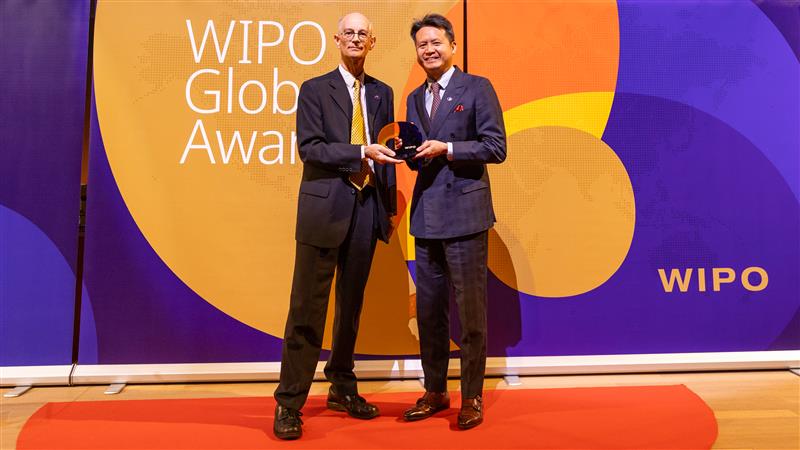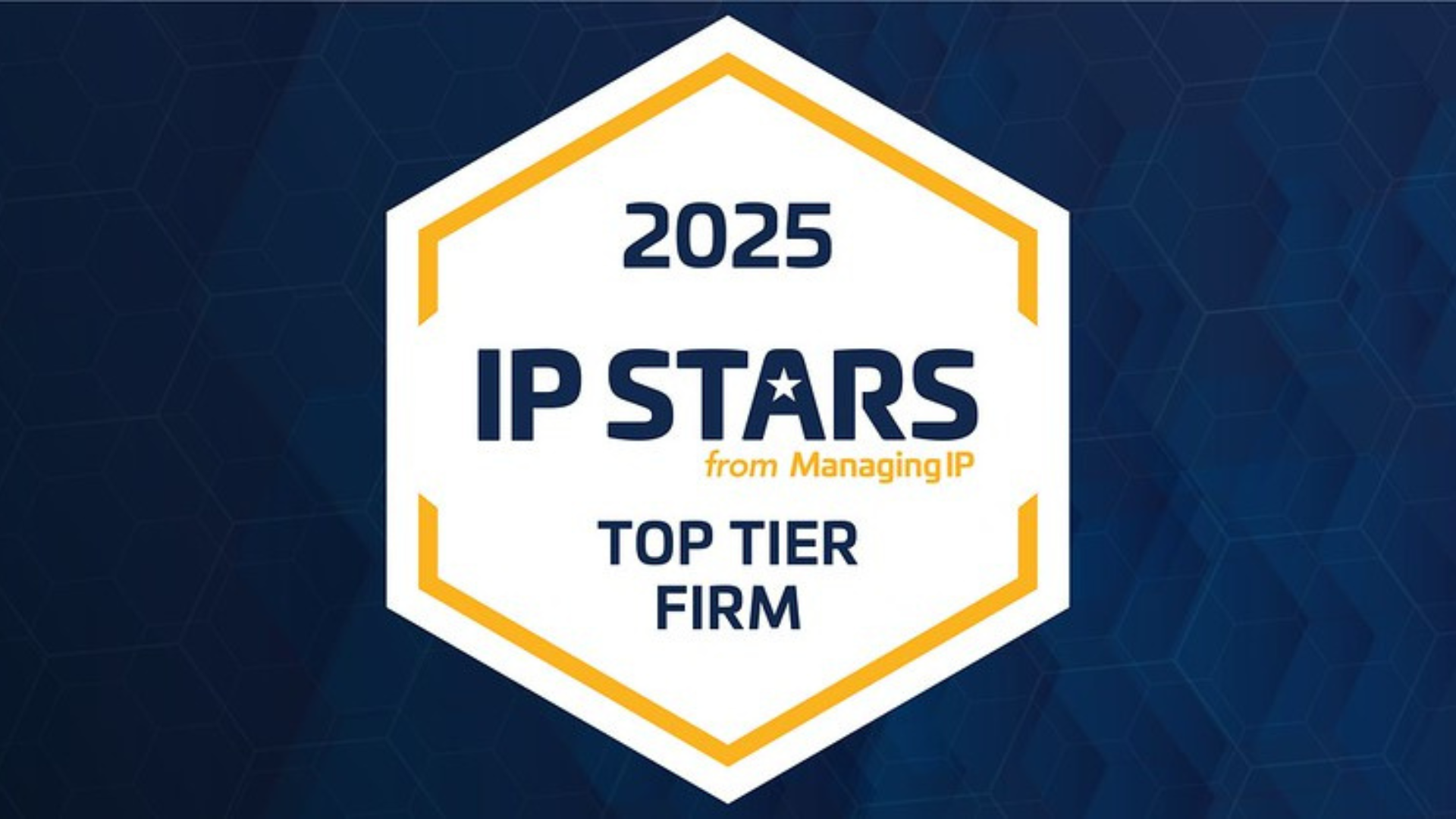Neuigkeiten
Shanks (Appellant) v Unilever Plc and others (Respondents)
Oktober 2019
On 23rd October 2019, the Supreme Court in the UK issued its decision in Shanks v Unilever [2019] UKSC 45 directing that an employee whose invention delivered significant profits to his employer was entitled to £2m compensation.
The Supreme Court overturned previous decisions in the case by the UK Intellectual Property Office, the Patent Court and the Court of Appeal. The Supreme Court examined the considerations to be taken into account when deciding whether it is appropriate to award compensation to an employee for an invention made during employment. The Supreme Court also considered how to assess the amount of compensation to be awarded.
Section 40(1) of The Patents Act 1977 defines the situation in which compensation can be awarded to an employee for inventions belonging to the employer. Among other things, it is required that “having regard among other things to the size and nature of the employer’s undertaking, the invention or the patent for it (or the combination of both) is of outstanding benefit to the employer”. The decision of the Supreme Court provides additional guidance on how it is to be assessed whether an invention and/or the patent for it is of outstanding benefit to the employer.
The exact amount of the compensation is to be determined in accordance with Section 41 of The Patents Act 1977, which requires that the employee is awarded a “fair share” of the benefit which the employer has derived (or may reasonably be expected to derive) from the invention and/or the patent. To determine what constitutes a “fair share”, Section 41(4) provides a number of matters that must be taken into account, including the nature of the employee’s duties and remuneration, the effort and skill which the employee has devoted to making the invention, the contribution of other employees (be they joint inventors or not) and the contribution of the employer to the making, developing and working of the invention by the provision of advice, facilities and other assistance, opportunities, and managerial and commercial skill.
In the present case, Professor Ian Shanks was the inventor of technology used in glucose testing for diabetics whilst he was employed at Unilever UK Central Resources Ltd (“CRL”), a wholly-owned subsidiary of Unilever Plc. CRL served as a research facility for Unilever Plc and employed all of the Unilever group’s UK-based research staff. In deciding that Professor Shanks’s invention was of “outstanding benefit” to his employer, the Supreme Court considered that where a group company operates a research facility for the benefit of the whole group, the focus of the enquiry into whether any inventions made are of outstanding benefit to the company must take into account the benefit of the invention to the group compared with the benefit derived by the group from other inventions arising from the research carried out by the company. In other words, it seems that the Supreme Court considered that it can be overly restrictive to consider only whether the invention was of outstanding benefit to the whole group company taking into account all of the other revenue streams of the group company.
It was also significant that Professor Shanks’s invention delivered a rate of return which stood out compared to those for other patents held by Unilever. The Supreme Court also confirmed that it is the incorrect approach to simply focus on the overall turnover and profits generated by Unilever. To have regard to the size of the employer’s undertaking, as required by the Act, the correct approach is to determine the part played by the size and success of the employer’s business as a whole in securing the benefit from the invention. As examples, the Supreme Court noted that a large undertaking might be able to exert greater leverage when negotiating licence fees or to harness its goodwill and sales force in a way that a smaller undertaking could not do.
Having decided that Professor Shanks’s invention was of “outstanding benefit” to Unilever, the Supreme Court also decided on a number of matters relating to how to quantify the benefit. When assessing the benefit to the employer, it is appropriate to consider the income received as a result of licensing or assigning the invention by the employer or any connected company. Such an assessment is also considered without taking account of any corporation tax deductions on the income. Furthermore, it is also appropriate to consider the adjustment of the value of the benefit due to inflation. To assess what constitutes a “fair share” of the benefit, the Supreme Court decided that the Patents Appeal erred by departing from the view of the Hearing Officer in the initial Hearing at the UK Intellectual Property Office, who had already considered all of the correct principles.
Professor Shanks was awarded £2m compensation, roughly a 5% share of the £24m benefit derived by Unilever from the invention, uplifted from 1999 at an average inflation rate of 2.8%.
The decision goes some way to bolstering the rights of employee inventors when employed by large companies already making large profits in other areas of their business. It remains to be seen whether the case results in an increased number of referrals to the UK Intellectual Property Office from current or former employees of large companies who consider that their inventions delivered significant benefits to their employers.
The full text of the decision can be found here.
It is noteworthy that Unilever could have escaped this situation entirely by making use of the provisions of Section 40(3) UK Patents Act 1977, which provides that the compensation referred to in Section 40(1) UK Patents Act 1977 “shall not apply to the invention of an employee where a relevant collective agreement provides for the payment of compensation in respect of inventions of the same description as that invention to employees of the same description as that employee”. Collective Agreements of this type are commonplace in a number of universities and other large employers already, but may become even more widespread as a way of de-risking the exposure of employers to potentially significant future costs.
This update was prepared by HGF Patent Attorney Chris Cottingham and HGF Partner Martyn Fish. It is for information and discussion only and should not be taken as a source of legal advice. If you would like further information or require IP-related advice please contact us at [email protected] or visit our contact page for your nearest HGF office.































